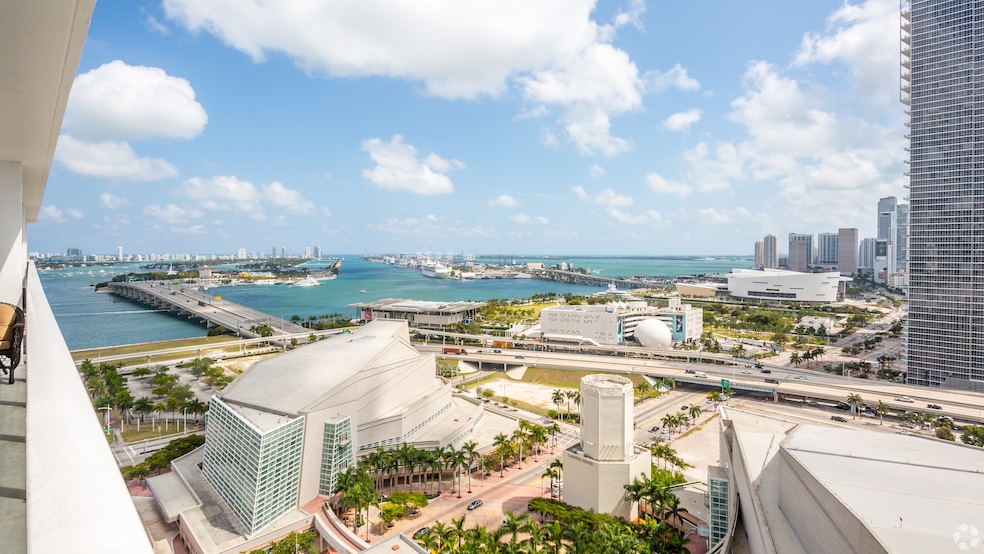Home values rose from the first to the second quarter for half of the residential projects developed in federally designated Opportunity Zones, areas across the country selected to offer tax incentives in exchange for real estate investment.
Some areas experienced a 1% increase, while others saw prices triple, according to the report by ATTOM, a property data and analytics firm, published Thursday.
The Irvine, California, company collected data from the Internal Revenue Service's 3,838 Opportunity Zones, about 44% of the total 8,764 zones in the country. ATTOM then compared median sales prices for single-family homes and condos from April to June in 2024 to the same period in 2025.
"Measuring whether Opportunity Zones experienced residential property price growth, and whether they were as likely to experience growth as the rest of the country, helps us assess how neighborhoods targeted for additional economic investment are keeping up when it comes to home values," Rob Barber, CEO at ATTOM, told Homes.com.
Still, values grew at a slower rate in these zones compared to areas outside those designations: 50.5% of Opportunity Zones compared to 56% of properties outside these areas, according to the report.
The growth was slowest in Opportunity Zones that had the lowest median home price, the report said. "About half of Opportunity Zone census tracts had median home prices below $225,000 in the second quarter of 2025 while the national median home price was $369,000," according to the study.
The problem is that well-funded areas still draw deep-pocketed investors, Barber said.
“Home values in most Opportunity Zones continue to move in step with the broader market — a pattern we’ve tracked since we began studying this segment,” Barber said in a press release. “Drill down, though, and volatility persists, especially in the lowest-priced neighborhoods. Limited inventory nationwide is still driving prices higher and nudging marginal buyers toward areas with deeper economic challenges.”
Barber added, “Even with that upward pressure, a significant share of Opportunity Zone markets are trailing the nation in year-over-year price gains, reminding us that the recovery remains uneven and that some communities have a longer road ahead.”
Opportunity Zones began under the first Trump administration as part of the Tax Cuts and Jobs Act of 2017. Investors receive tax benefits for putting their money into businesses, real estate or infrastructure projects to spur economic development and job creation in low-income neighborhoods and communities. The Treasury Department oversees the program, in partnership with the U.S. Department of Housing and Urban Development. Scott Turner, HUD secretary, has been tasked with expanding the program to suburban and rural communities and provide grants to boost construction.

